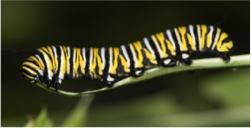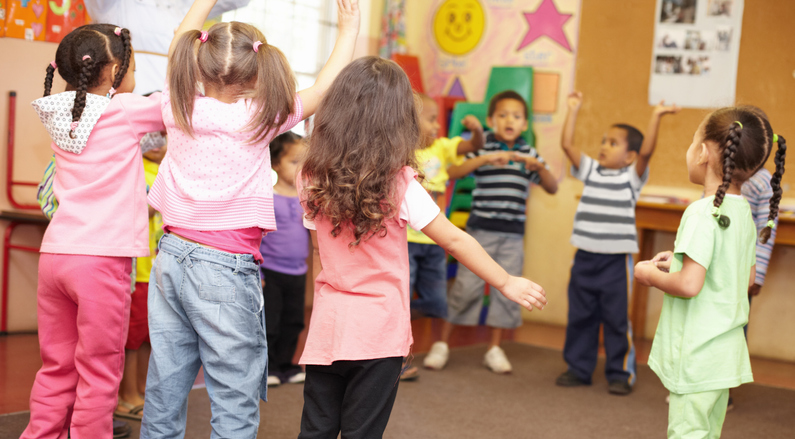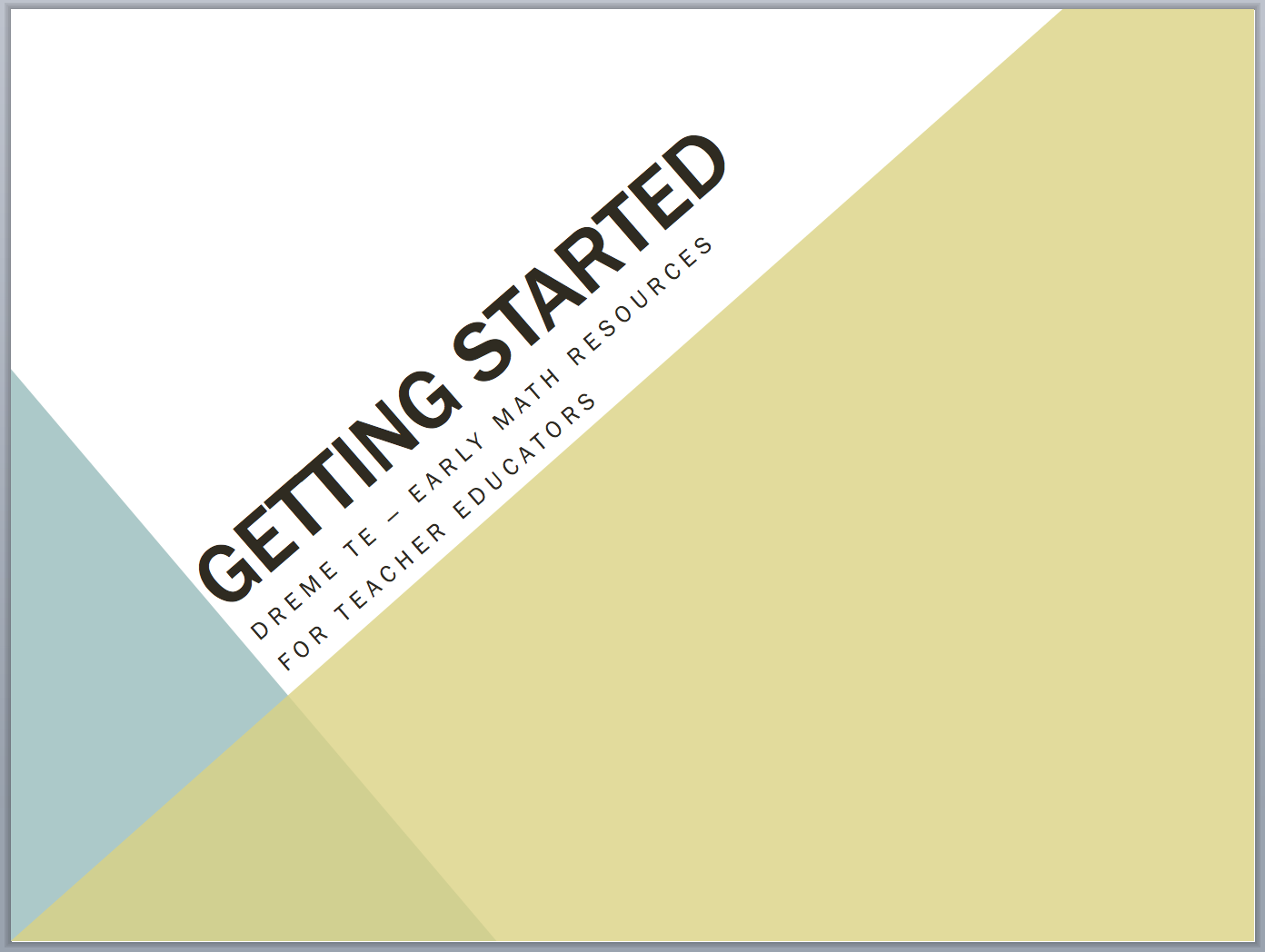Patterns have long been a part of preschool curricula. They exist in most early learning standards and are featured in many classroom materials (for example, beads, patterning trays, and pattern blocks). But, what is a pattern? How do we go beyond simple ABAB patterns? And how do we keep children engaged? Georgia takes on these issues, with the help of little Aline.
Teacher Georgia had laid out the materials for the math center early in the morning. She had pattern cards and beads and strings. The children seemed to like stringing beads, but they often seemed uninterested in stringing beads according to the pattern cards. ![]() Instead, they liked to fill up the strings until there was no room for additional beads, make necklaces, or fill the string up and then quickly slide the beads off into the bead container—none of which involved using the pattern cards. Maybe they were tiring of patterning activities? She decided to stand back and watch to see if she could figure out what was going on.
Instead, they liked to fill up the strings until there was no room for additional beads, make necklaces, or fill the string up and then quickly slide the beads off into the bead container—none of which involved using the pattern cards. Maybe they were tiring of patterning activities? She decided to stand back and watch to see if she could figure out what was going on.
Later, during center time, children stopped at the math center, but ultimately moved on after a few minutes. Georgia sighed. “I guess I won’t figure this out today,” she thought. She moved onto the science center and watched as children leafed through the insect books she had on display and rifled through the photos of caterpillars and butterflies. They seemed very engaged. She had just started the insect theme last week.
 As Georgia watched, Aline picked up a picture of a monarch butterfly caterpillar and looked closely. A smile spread across her face. “Look!” she called to Teacher Georgia, “a pattern!” Georgia went over and looked closely as well. Although she hadn’t noticed before, there was indeed a pattern! Yellow–black–white–black–white–black–yellow–black, and then yellow–black–white–black–white–black–yellow–black again. Georgia replied, “you’re right, Aline! Can you describe the pattern?” Aline started to say the colors as she pointed to the stripes, but Georgia could see that it would be almost impossible to remember because it was so complicated. Suddenly she had idea. “Maybe we can model them with beads?”
As Georgia watched, Aline picked up a picture of a monarch butterfly caterpillar and looked closely. A smile spread across her face. “Look!” she called to Teacher Georgia, “a pattern!” Georgia went over and looked closely as well. Although she hadn’t noticed before, there was indeed a pattern! Yellow–black–white–black–white–black–yellow–black, and then yellow–black–white–black–white–black–yellow–black again. Georgia replied, “you’re right, Aline! Can you describe the pattern?” Aline started to say the colors as she pointed to the stripes, but Georgia could see that it would be almost impossible to remember because it was so complicated. Suddenly she had idea. “Maybe we can model them with beads?”
They brought the picture to the math center and started to line up the yellow, black, and white beads together. By this time, children had gathered around them, interested in the caterpillar-bead connection. After successfully making a line of beads colored yellow, black, white, black, white, black, and yellow, Georgia and Aline sat back and smiled at each other. Wanting to make sure that the pattern lesson wasn’t lost, Georgia asked Aline to show the pattern to the other children at the center. Aline pointed to and named the color of each of the beads in succession, but then seemed confused. Actually, Georgia was a bit confused, too. That wasn’t really a pattern. A pattern unit needed to be repeated in order to constitute a pattern. “After all,” she thought, “AB isn’t a pattern because it isn’t repeated, but ABAB is.” So, after Georgia reminded the children that a pattern has to repeat in order to be a real pattern, Aline and the other children went to work adding another caterpillar pattern unit: yellow–black–white–black–white–black–yellow–black. “Yes,” Georgia thought, “that is a pattern. And, what a pattern!” Aline just beamed.
At the end of the day, Georgia pulled out her journal. She’d been keeping track of Aha! moments this school year. They helped motivate her when the day became overwhelming. Hmmm…
- Remember that patterns are not patterns until the pattern unit is repeated at least once.
- Insects are cool!
- Help children find more examples! Fish? Tigers? Snakes?
- Children often know more than what we can observe them knowing (especially Aline!).
- Children are much more interested in activities when they have meaning. (Duh! But really, remember this!)



